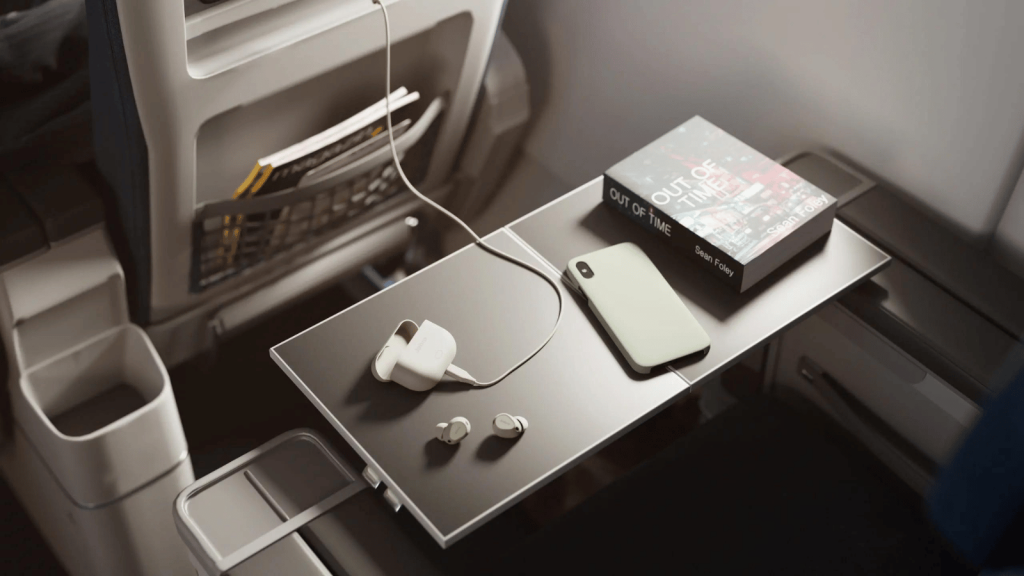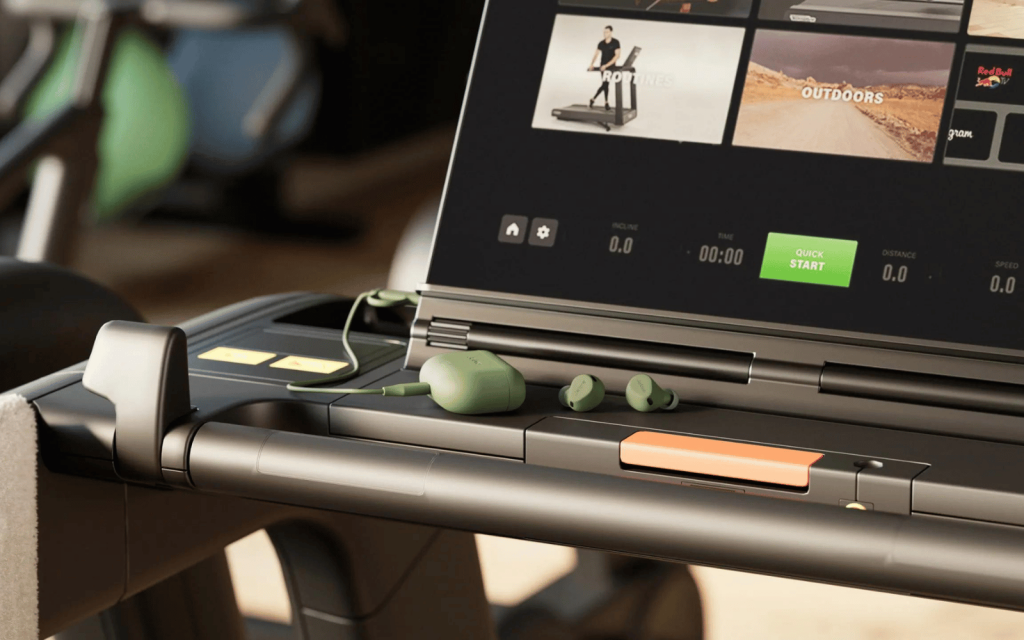Danish audio juggernaut Jabra recently unveiled iterative updates to its flagship in-ear headphones, the Elite 10 and Elite 8 Active, improving upon a few aspects and introducing one or two new and genuinely useful features.
By naming them Elite 10 Gen 2 and Elite 8 Active Gen 2, Jabra has made it clear that these aren’t entirely new products but incremental updates to its previous offerings.
They are, however, priced higher (at least they will be in the US) than their predecessors were at launch so Jabra seems to be betting that its improvements and new features will be enough to entice users to opt for the new ‘buds.
Jabra Elite 10 Gen 2 is eliter

The biggest change for both devices is a redesigned charging case. Yes, really. Jabra’s taken a page out of LG’s playbook with its new cases, not by adding a ‘sterilising’ UV light but with Bluetooth LE Audio support.
This allows you to plug the case into a source device that doesn’t support a Bluetooth connection, like an older treadmill, and still enjoy the benefits of a wireless connection as the case wirelessly transmits audio to the buds.
The upgraded Elite 10 Gen 2 and Elite 8 Active Gen 2 remain unchanged physically. The former still houses 10mm drivers in a “semi-open design” while the latter retains its silicon coating, MIL-STD-810h ruggedness, and IP68 rating. Yet, both earbuds have received internal upgrades.
Read More: Jabra Elite 8 Active review – It’s fine to sweat on the small stuff
The Elite 10 Gen 2 claims better Dolby Atmos spatial audio and head-tracking performance while Jabra says both pairs of ‘buds will have improved active noise cancellation and a clearer, richer ‘HearThrough’ mode.
Sadly, it seems that these Gen 2 upgrades could be the last from Jabra’s Elite range. Jabra’s parent company, GN, yesterday issued a press release saying “[it] has decided to gradually wind-down its Elite and Talk product lines to further increase focus and resources on more attractive parts of GN’s business.”
The Jabra Elite 10 Gen 2 and Elite 8 Active Gen 2 earbuds will be available from mid-June overseas and towards the end of June in South Africa. They’ll go for $280 (R5,190) and $229 (R4,260) respectively in the US — more than their predecessors were at launch but no word yet on what they’ll cost locally.




